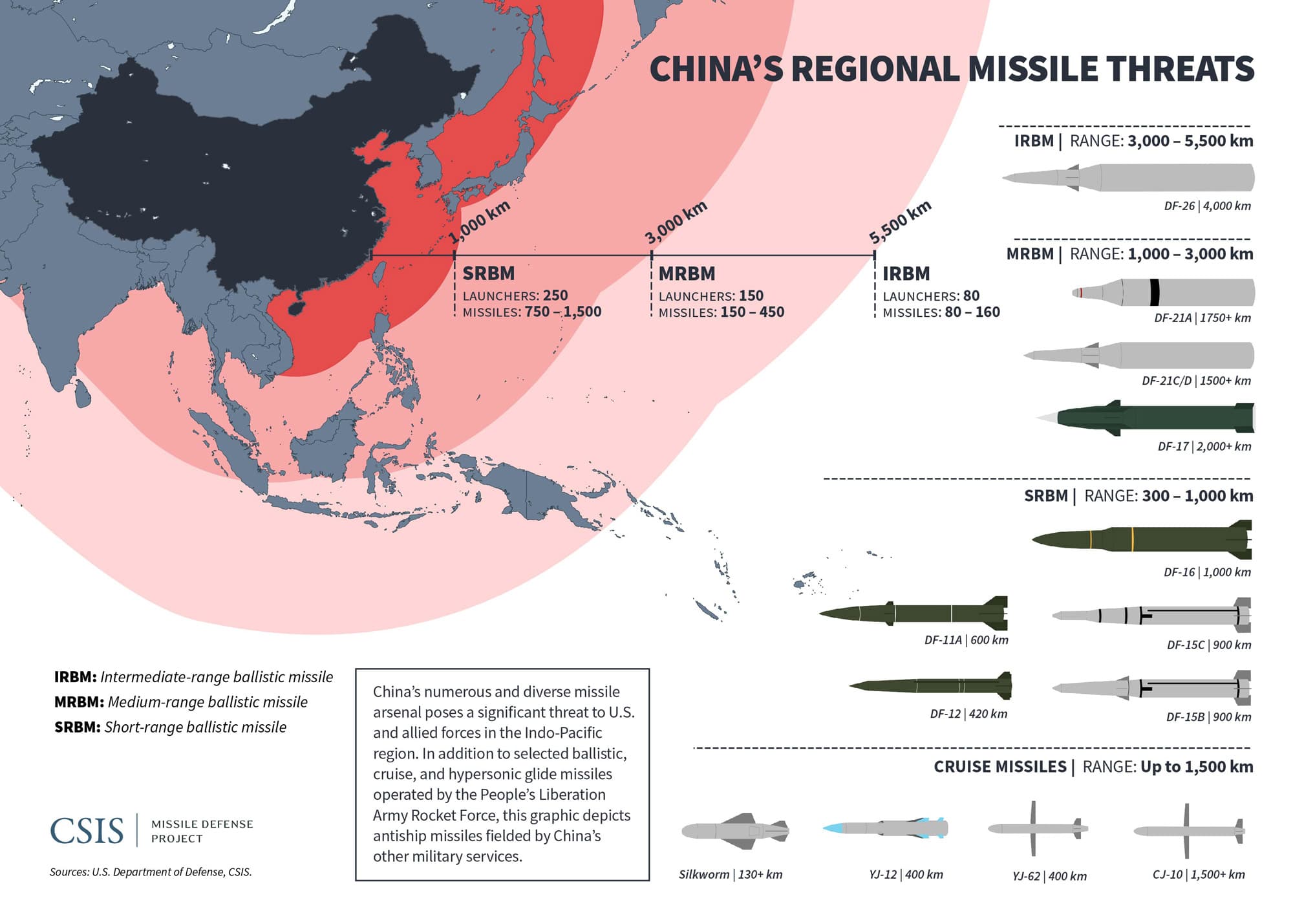Investigating The Increase In Femicide Cases

Table of Contents
Understanding the Scope of the Problem
Global and Regional Statistics on Femicide
The sheer scale of femicide is horrifying. Reliable data from organizations like the UN and WHO paints a grim picture, revealing significant disparities in femicide rates across countries and regions.
- Latin America and the Caribbean consistently report some of the highest rates of femicide globally.
- Africa also faces a significant femicide challenge, often linked to conflict and cultural practices.
- Europe and North America, while having lower reported rates, still experience femicide, highlighting that this is a global issue requiring global solutions.
Analyzing feminicide rates and gender-based homicide data is crucial for understanding the magnitude of the problem and identifying high-risk areas. The lack of comprehensive data collection in many regions, however, remains a significant obstacle in developing effective strategies. Access to accurate femicide statistics is paramount for effective policymaking and resource allocation.
Defining Femicide and Differentiating from other forms of Homicide
Femicide, often used interchangeably with feminicide, is the intentional killing of women because they are women. This definition highlights the crucial aspect of gendered homicide, differentiating it from other forms of homicide.
- It's characterized by a pattern of violence rooted in gender inequality and patriarchal structures.
- Intimate partner femicide, where the perpetrator is a current or former partner, represents a significant portion of femicide cases.
- The feminicide definition must account for the various contexts and motivations behind the crime, including honor killings, dowry-related deaths, and violence stemming from intimate partner relationships.
Exploring the Root Causes of the Increase in Femicide Cases
Societal Factors Contributing to Femicide
Deep-rooted societal norms, patriarchal structures, and gender inequality fuel the climate of violence against women. Harmful gender stereotypes, often portraying women as subservient or less valuable, contribute to the normalization and acceptance of violence.
- Lack of legal protection: Inadequate laws and weak enforcement mechanisms often leave women vulnerable to violence.
- Societal impunity for perpetrators: A culture of impunity, where perpetrators are rarely held accountable, perpetuates the cycle of violence.
- The pervasive nature of misogyny and harmful cultural norms creates an environment where violence against women is tolerated, even implicitly condoned.
The Role of Intimate Partner Violence and Domestic Abuse
A strong correlation exists between intimate partner violence (IPV) and femicide. Domestic abuse, often escalating over time, can culminate in fatal consequences.
- Cycles of abuse: IPV frequently follows a cyclical pattern, with periods of escalation and de-escalation, ultimately leading to extreme violence.
- Warning signs: Recognizing warning signs such as controlling behaviors, threats, and escalating aggression is crucial in preventing femicide.
- Statistics consistently demonstrate the link between domestic violence and fatal outcomes, emphasizing the need for early intervention and support for victims.
Impact of Socioeconomic Factors and Marginalization
Poverty, lack of education, and marginalization significantly increase a woman's vulnerability to femicide. These factors often intersect with gender, creating a complex web of vulnerability.
- Intersectionality: The intersection of gender with other forms of marginalization, such as race, class, and sexual orientation, exacerbates the risk of violence.
- Vulnerable populations: Women facing multiple forms of discrimination are disproportionately affected by gender-based violence. Addressing socioeconomic factors is therefore essential in preventing femicide.
Strategies for Preventing and Addressing Femicide
Strengthening Legal Frameworks and Enforcement
Robust legal frameworks and effective enforcement are crucial in preventing femicide. Strong laws against gender-based violence, coupled with effective law enforcement and judicial processes, are essential.
- Gender-sensitive policing: Training law enforcement and judicial personnel on gender-based violence is vital for effective response and investigation.
- Accountability: Holding perpetrators accountable through fair and efficient judicial processes is paramount in deterring future violence.
- Legal protection for victims and witnesses is also crucial to ensure their safety and cooperation in legal proceedings.
Implementing Comprehensive Support Systems for Survivors and their Families
Comprehensive support systems play a vital role in protecting survivors of violence and preventing further harm.
- Shelters: Providing safe and accessible shelters for women escaping abusive situations is critical.
- Counseling services: Access to counseling and psychological support for survivors and their families is essential in their healing process.
- Victim support programs should provide holistic support, including legal assistance, financial aid, and job training.
Raising Awareness and Promoting Social Change
Raising public awareness and challenging harmful societal norms are essential in tackling the root causes of femicide.
- Awareness campaigns: Public education campaigns that challenge harmful gender stereotypes and promote gender equality are crucial.
- Educational programs: Integrating gender equality education into school curricula helps to foster respectful relationships and challenge patriarchal norms.
- Community-based initiatives can create safe spaces for women and promote dialogue about gender-based violence.
Conclusion
The alarming rise in femicide cases underscores the urgent need for a multi-pronged approach involving strengthening legal frameworks, implementing comprehensive support systems, and promoting profound social change. The interconnectedness of societal, economic, and legal factors necessitates a holistic strategy. We must address the root causes of gender inequality and challenge harmful norms that perpetuate violence against women.
Join the fight to end femicide. Learn more about the issue and get involved in advocating for change. We must all work together to prevent femicide and create a safer world for women. Support organizations dedicated to ending violence against women, advocate for policy changes, and educate yourself and others about femicide and its devastating impact. Let's work towards a future where every woman feels safe and empowered.

Featured Posts
-
 Philippines Should Remove Missiles From South China Sea Chinas Demand
May 20, 2025
Philippines Should Remove Missiles From South China Sea Chinas Demand
May 20, 2025 -
 Analyzing The D Wave Quantum Qbts Stock Decline On Monday
May 20, 2025
Analyzing The D Wave Quantum Qbts Stock Decline On Monday
May 20, 2025 -
 Enjoying Breezy And Mild Weather A Guide To Comfort
May 20, 2025
Enjoying Breezy And Mild Weather A Guide To Comfort
May 20, 2025 -
 Cote D Ivoire Participation Des Maires Essentielle Pour La Reussite Des Plans D Urbanisme
May 20, 2025
Cote D Ivoire Participation Des Maires Essentielle Pour La Reussite Des Plans D Urbanisme
May 20, 2025 -
 Bochum Und Holstein Kiel Abstieg Besiegelt Leipzig Scheitert In Der Cl Qualifikation
May 20, 2025
Bochum Und Holstein Kiel Abstieg Besiegelt Leipzig Scheitert In Der Cl Qualifikation
May 20, 2025
